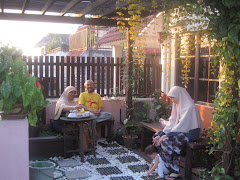Gout is a metabolic disease that brings on sudden and intensely painful arthritis (inflammation of the joint). The disorder usually attacks only one joint at a time, often the one at the base of the big toe. Gout tends to run in families and affects 9-10 times more men than women. Occasionally, gout can attack many joints at one time.
Symptoms
Symptoms
- Red, swollen, and tender joint.
- Sudden, excruciating pain, which worsens at the slightest movement.
- Slight fever, in some cases.
Complications
- Tophi formation.
- Kidney stones.
- Kidney failure.
Cause
- Buildup of uric acid in the blood, which collects and forms crystals in joints or tissues. The crystals irritate the joint, causing inflammation. An attack can be provoked by a sudden rise or fall in the blood uric acid level, eating too much food rich in purine content like organ meats, sardines, wine, and heavy alcohol consumption. About 20% of gout sufferers have a normal uric acid level in the blood during an acute attack.
What you can do
- Consult a doctor if you suspect gout.
- Drink plenty of fluids to lessen the risk of contracting kidney stones.
- Take simple painkillers.
What your doctor can do for you
- Prescribe nonsteroidal anti-inflammatory medicine.
- Prescribe specific medicines for gout to maintain normal blood uric acid level.
Prevention tips
- Avoid factors that can provoke a gout attack.
- Minimize your consumption of purine-rich food.
For other products see Painkillers & antifever medicines page 439.
This articles is reffered to Malaysia Healthcare-The family health guide MIMS 1997 2nd edition page 387





No comments:
Post a Comment